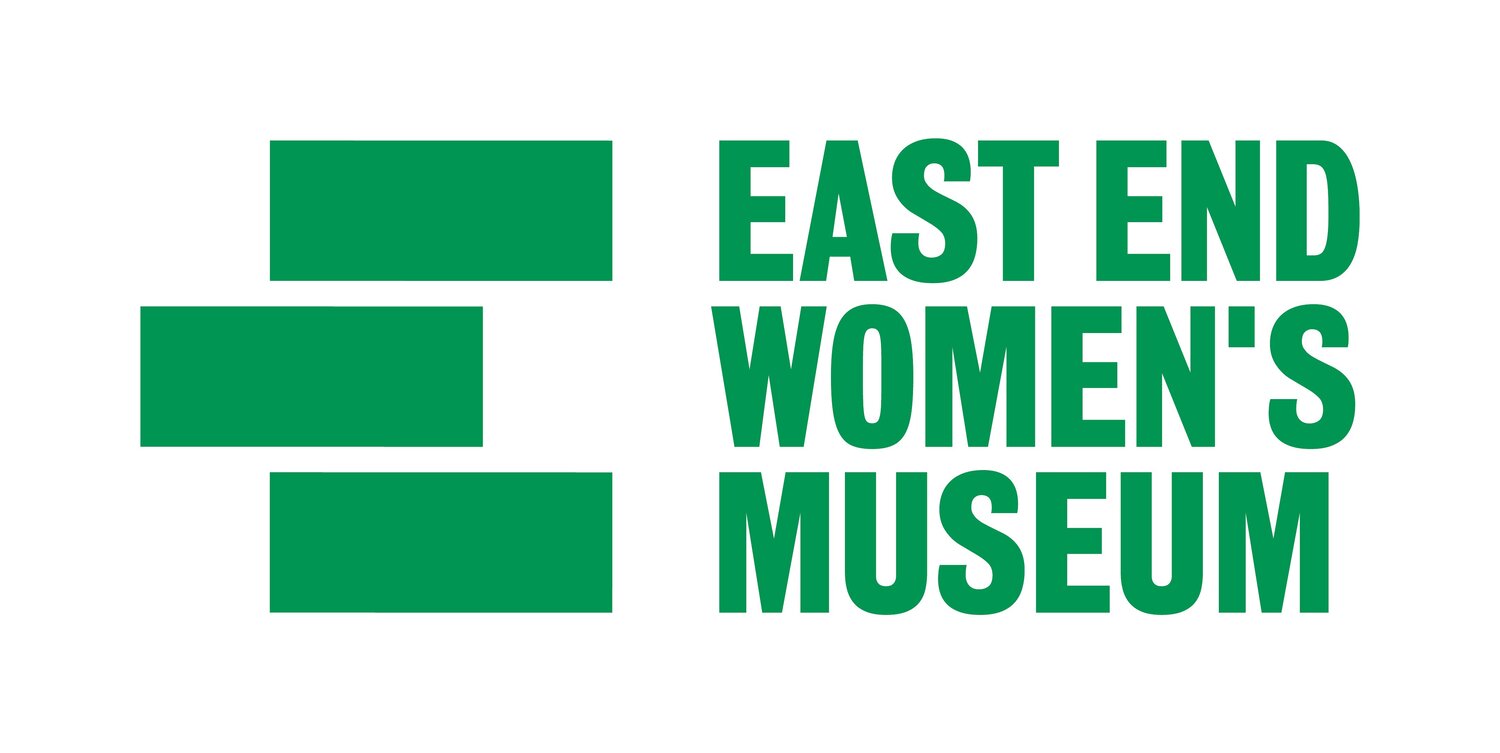You might not think it judging from period dramas and popular history books, but there has been a black community in Britain since long before the 20th century and the arrival of the Windrush.
Black British history before the 20th century
The presence of Roman, medieval, Tudor, Georgian, and Victorian people of African descent in Britain and Europe is slowly becoming better known, thanks to the work of Onyeka Nubia, David Olusoga, and many others. But many popular representations of London's past are effectively whitewashed.
It can be tricky to find the voices and experiences of black people in the archives, especially if your search is restricted to one area, and if you are particularly seeking women's stories.
However sources like parish records can offer us tantalising glimpses. For example, one woman's story is hinted at in the record of her baptism at St Botolph's Church in Aldgate.
'Mary Fillis of Morisco, being a black more'
Described as a "black more" of "Morisco", Mary Fillis was most likely dark-skinned and probably lived in Spain before she came to England. She was almost certainly Muslim before her conversion.
She was of late servant with one M(ist)res Barker in Marke Lane, a widdowe. She said hir father’s name was Fillis of Morisco, a black more, being both a basket maker and also a shovell maker.
This Marie Fillis being abowt the age of xx yeares and having beene in England for the space of xiii or xiiii yeares, and as yt was not Christned, and now being becom servant with one Millicent Porter a seamster dwelling in the libertie of Eastsmithfield, and now taking some howld of faith in Jesus Chryst, was desyrous to becom a Christian.
Wherefore shee made sute by hir said m(ist)res to have some conference with the Curat of this the parish of St Buttolphees without Aldgate London...
So that I do say that the said Mary Fillis a black more at this tyme dwelling with Millicent Porter a seamester of the libertie of Eastsmithfield was christned on Fryday being the third day of June, in the presents of the undenamed [sic] and dyvers others, viz William Benton, Margerie Barrick, Millicent Porter, M(ist)res Magdalyne Threlkeld, Mathew Pearson, M(ist)res Young, Gertrud Ponder, Thomas Harrydance, being the parish Clarke, Thomas Ponder, being the sexton, and dyvers others.
Although we can only glimpse a few details about Mary's life here we can see that she was living as a free woman - a servant, not a slave.
We can also see evidence of her agency, she is not a passive character in this story. Mary makes the decision to convert, and she asks her mistress to arrange an appointment with the curate of St Botolph's. The list of witnesses also suggests that Mary has friends and supporters in the church congregation.
Unofficial histories
One of the challenges of recording women's histories from centuries ago is that many women's lives were lived in the margins of official documents. In many eras women have been less likely than men to own property, to hold office, to conduct financial transactions, or to pursue a legal case. This is especially true in the case of women of colour, particularly in poor areas like east London.
Because of this women tend to appear less frequently in the financial or legal records which are a vital source of information for historians. Where women are present they frequently appear as property, or as criminals, giving us a distorted picture.
Black women have been part of London's history for centuries. It's up to us to stitch together what we have, and work to uncover more information where we can to fill in the gaps.
Archive source: Guildhall Library





